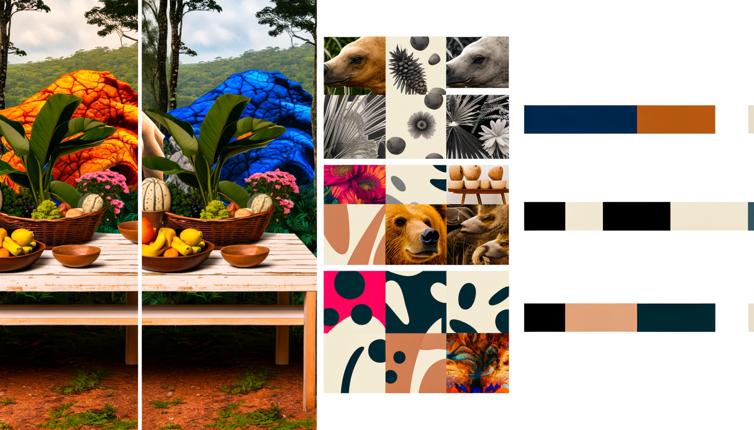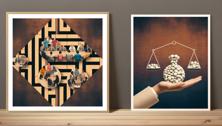Nature as Art Inspiration
Nature has long been a popular choice for artists seeking inspiration. The beauty and diversity of the natural world provide endless possibilities for artistic expression. From serene landscapes to intricate details of plants and animals, nature offers a wide range of subjects to explore.,One of the advantages of choosing nature as art inspiration is that it is constantly changing. Seasons bring different colors and textures, and the cycle of life offers endless opportunities for observation and interpretation. Artists can capture the delicate details of a flower, the grandeur of mountains, or the play of light on water. Nature provides an endless supply of inspiration for artists of all styles and mediums.,Another advantage of nature as art inspiration is its ability to evoke emotions and connect with viewers. Many people find solace and peace in the beauty of nature, and artworks that capture its essence can evoke a sense of calm and tranquility. Nature can also be a powerful symbol, representing themes such as growth, decay, and the cycle of life.,However, working with nature as art inspiration can also present challenges. Artists often have to contend with changing weather conditions, the fleeting nature of certain subjects, and the difficulty of capturing intricate details. It can also be challenging to bring a unique perspective to well-known natural scenes. However, with careful observation and artistic interpretation, artists can create compelling and thought-provoking artworks inspired by nature.
Still Life as Art Inspiration
Still life subjects, such as objects and arrangements of everyday items, have long been a staple of art. Choosing still life as art inspiration allows artists to explore the beauty and significance of ordinary objects, infusing them with meaning and aesthetics.,One advantage of still life as art inspiration is the control artists have over the composition. Unlike nature or abstract subjects, artists can arrange objects in a way that best suits their artistic vision. They can experiment with lighting, angles, and colors to create a visually striking and thought-provoking scene.,Still life subjects also offer artists the opportunity to explore themes such as symbolism, mortality, and the passage of time. Everyday objects can be imbued with deeper meaning and cultural significance, inviting viewers to contemplate the complexities of human existence.,However, working with still life as art inspiration also requires attention to detail and skill in capturing the nuances of objects. Artists must carefully observe shapes, textures, and reflections to create realistic and engaging artworks. They must also bring a fresh perspective to well-known still life subjects, finding new ways to present them and evoke emotions.,Overall, still life as art inspiration offers artists a chance to transform ordinary objects into extraordinary works of art, exploring themes and aesthetics that go beyond the surface.
Abstract as Art Inspiration
Abstract art breaks away from representational forms and focuses on the exploration of color, shape, line, and texture. Choosing abstract concepts as art inspiration allows artists to push the boundaries of traditional art and create highly expressive and experimental works.,One advantage of abstract art inspiration is the freedom it offers artists to interpret and convey emotions and ideas. Without the constraints of depicting recognizable objects, artists can explore the depths of their imagination and express complex thoughts and feelings through non-representational forms.,Abstract art also allows artists to challenge traditional notions of beauty and meaning. They can experiment with unconventional materials, techniques, and compositions, creating artworks that provoke thought and invite viewers to engage with their own interpretations.,However, working with abstract art inspiration can also be challenging. Artists must develop a strong understanding of the elements of art and principles of design to create cohesive and visually appealing compositions. They must also find a balance between chaos and order, creating artworks that are both expressive and harmonious.,Overall, abstract art inspiration offers artists a chance to break free from conventions and explore the limitless possibilities of artistic expression. It challenges viewers to see beyond the surface and engage with art on a deeper level.
Conclusion
In the end, the choice of art inspiration between nature, still life, or abstract concepts ultimately depends on an artist's personal preferences, style, and artistic goals. Each source offers its own unique advantages and challenges, and artists can find inspiration in multiple sources or even combine them in innovative ways. The key is to explore and experiment, finding what resonates with individual creativity and pushing the boundaries of artistic expression.









